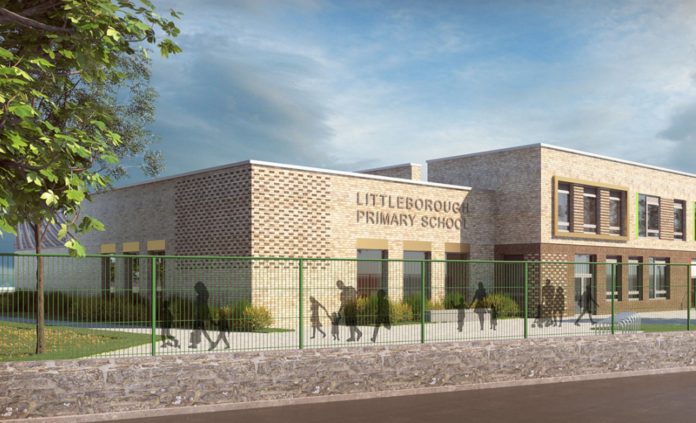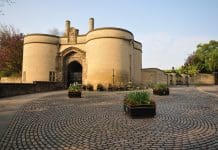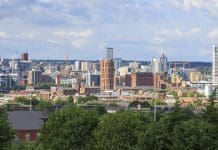Wates Group will use modern methods of construction to build some of the UK’s first net-zero schools, supporting the country’s ambitious climate goals
Work is underway on the first net-zero schools in the Department of Education’s Schools Rebuilding Programme, Lytham St Annes High School, Littleborough Community Primary School and Nursery, and Whitworth Community High School.
Lytham St Annes High School, Littleborough Community Primary School and Nursery, and Whitworth Community High School are the first to be built as part of the DfE’s 10-year Schools Rebuilding Programme.
Procured via the DfE’s Modern Methods of Construction (MMC) Framework, they are part of a batch of six schools that Wates Construction was awarded in January 2020.
Once work is completed the schools will be net-zero in operation and are among the first schools built by Wates to these standards. The project is being delivered using Wates’ Adapt solution, a component-based school kit that offers a more sustainable method of construction, ensuring less waste and higher finished quality through its emphasis on offsite manufacture.
The ‘fabric first’ approach is optimised to provide very high levels of insulation and airtightness. In doing so, schools are significantly better than the standard Building Regulations and ensures that heating demand and energy consumption is minimised, supplemented by the use of efficient heating plant, LED lighting, and simple controls.
Lytham St Annes High School (Lancashire)
Delivering a new two-storey main school block and detached sports hall, with work due to be completed in 2023.
All new build elements will be net-zero carbon in operation, achieved through a combination of enhanced building fabric, passive ventilation chimneys, mechanical heat recovery systems and on site offsetting of energy use through an extensive biosolar roof system.
Littleborough Community Primary School (Greater Manchester)
Delivering two-storeys on land within the existing Littleborough campus, including 14 new classrooms, a library, a new sports/assembly hall, Multi-Use Games Area (MUGA) and a 420-place primary school providing 60 places for each year group along with a 26-place nursery.
The sustainable design includes an optimised thermal envelope with increased insulation and triple glazed windows, optimised window sizes to maximise daylighting together with rooflights and lightwells, enhanced ventilation with openable windows to classrooms and solar panels.
Whitworth Community High School (Lancashire)
Delivering a new 750-place secondary school, comprising of a two and three-storey main teaching block with classrooms, main hall, specialist technology spaces.
A minimum of 70% of the building’s PMV (pre-manufactured value) will be constructed using offsite manufacturing techniques, while other sustainable aspects of the build will feature roof-mounted photovoltaics, biosolar green roofs, heat recovery systems, sustainable drainage systems, offsite engineered thermal envelope and electrical car charging points














